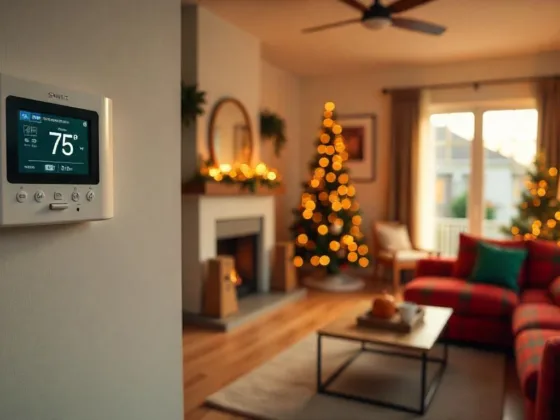Table of Contents Show
In the welding industry, there exist different types of rods with some options that are better as compared to others. Some of these rods are user-friendly, whereas others are not.
Therefore, what welding rod does one use, usually depends on the type of weld and metal used.

Welding rods come with different numbers labeled on them. Therefore, before knowing the different types of these electrodes, it is crucial to understand first the overall meaning of these numbers for a better understanding of them.
The first two numbers on the welding rod size usually imply the tensile strength of that rod. For instance, 60 mean that the rod has a tensile strength of 60,000 pounds/square inch.
Similarly, 70 implies that the rod comes with a tensile strength of 70,000 pounds/square inch.
The third value on the number denotes the position that the rod is for use. 1, for example, means the electrode is applicable for all positions, 2 stands for horizontal and flat position while 4 implies for vertical, flat, overhead, and horizontal positions.
Additionally, the last digit shows the current, which you can use safely. If you want to learn more about welding please visit WeldingHubs.
Therefore, this article explains different types of welding rod to enable you to select your best.
Read Also:
6010 Electrodes
This type of electrode uses only Direct Current and comes with a coating made of cellulose sodium. It has intense penetration and capable of passing through rusty, oil, and dusty metals, even those with paints.
The third digit is 1, meaning that it uses horizontal, vertical, overload, and flat position.
Additionally, this welding rod is very suitable for welders with more experience since the beginner may find it challenging to use because of the tight arc.
It features a variety of applications though it is not easy to use with many people. Furthermore, under dry conditions, the electrode can withstand at room temperature.
6011 Electrodes
The 6011 electrodes are the most suitable welding rod since it uses both Alternating Current (AC) and Direct Current (DC). It features a very high cellulose coating.
Like the 6010 welding electrode, this electrode also has four-position, namely horizontal, flat, vertical, and overhead positions.
They are capable of penetrating through rusty and unclean materials hence making them suitable to many welders to work within the absence of direct current power.
Besides, this welding electrode produces very small slags that are very difficult to remove than any other electrodes.
6012 Electrodes
This is another type of welding rod that uses all the four-position electrodes, which works perfectly well in bridging the gap between the joints. It features high speed with high current weld suitable for the horizontal position.
Furthermore, it has very shallow penetration compared to 6010 and 6011 electrodes with slag, which require regular cleaning.
6013 Electrodes
It is capable of withstanding 60,000 pounds/square inch and compatible with both Alternating and Direct currents.
Its ability to handle these various currents makes it suitable for use in different machines, such as small machines compared to the rest of the welding electrode that uses excellent tools.
Precisely, these rods fit lighter tasks such as automotive projects and do not produce more slag, which is easy to remove.
Unlike the 6012 welding rod, this electrode provides very soft arcs with few spatters and suitable for use in welding of clean, new, and rusty free materials.
It has medium penetration, especially on thinner metal sheets. Welding with this rod involves moving it slowly in a circular to the joint, producing solid weld, and controlling the speed.
It is waterproof and moisture and therefore stored in a moist free environment.
7014 Electrodes
The 7014 electrode features a similar joint penetration like that of 6012. It is the most suitable for use with low-alloy steel and carbon.
Furthermore, it consists of a very high depositing rate with a very high amount of powder of iron.
Besides, it has a very high amperage than 6012, thus used in the construction of farm machinery, automotive projects, and metal fixtures.
7018 Electrodes
These are some of the welding electrodes that are easy to use, consisting of a thick flux with high powder content. Compared with other rods, they have shallow penetration, which produces a very smooth arc with few spatters.
The electrode features all position rod bearing 70,000 pounds/square inch.
Additionally, these electrodes come with a coating of low-iron powder hydrogen and use both DC and AC currents.
The presence of low content of hydrogen is responsible for smooth and robust welds. Besides, they do not tolerate water or moisture at all, therefore stored in an oven at about 2500C.
7024 Electrodes
Like 7018, this type of electrode comes with an increasing rate of deposition. They use only horizontal positions since they feature huge and hot puddle making the metal to solidify slowly.
Besides, the electrodes do not require an oven but lay down many weld metal hence producing smooth weld and slag that are easy for cleaning.
Conclusion
In a nutshell, various types of welding electrodes come in different sizes. When choosing the best electrode, it is good to select an excellent rod suitable for a particular task.
Therefore, having gone through the above article, we hope that you can now choose the best welding rod from our list.
However, if you need more information on different types of welding rods and plasma cutters and other related welding services, do not hesitate to visit our website weldingHubs.com.









